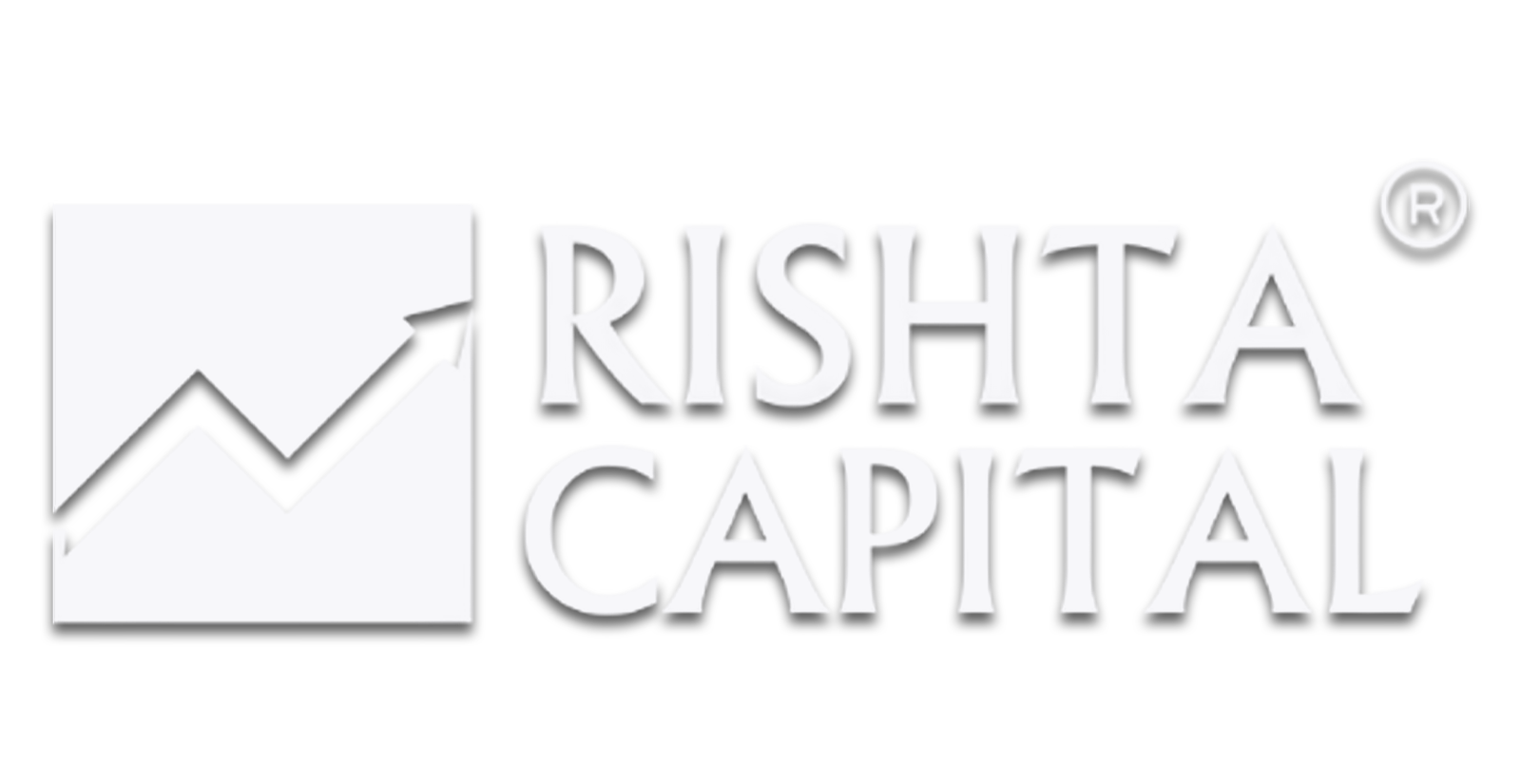Conclusion:
Mortgage loans are essential for many people who want to purchase a home but cannot afford to pay the full price upfront. While they offer the opportunity for homeownership, it is important for borrowers to understand the terms, interest rates, and repayment obligations. Carefully choosing the right mortgage type and managing the loan responsibly can help ensure a successful home purchase and long-term financial stability.
-
Interest: The cost of borrowing the money, paid to the lender, typically expressed as an annual percentage rate (APR). Interest rates can be fixed or variable.
-
Down Payment: The initial amount the borrower must pay upfront, usually expressed as a percentage of the property’s purchase price. This is often between 10% and 20% of the home’s value.
-
Monthly Payments: Regular payments made by the borrower, typically on a monthly basis, to repay the loan. These payments generally include both principal and interest.
Types of Mortgage Loans:
-
Fixed-Rate Mortgage: The interest rate remains the same throughout the entire loan term, providing predictable monthly payments.
-
Adjustable-Rate Mortgage (ARM): The interest rate can change periodically based on market conditions, resulting in fluctuating monthly payments. ARMs often start with a lower initial interest rate but may increase over time.
-
FHA Loan: A government-backed mortgage loan insured by the Federal Housing Administration, designed to help first-time homebuyers or those with lower credit scores. FHA loans usually require a smaller down payment.
-
VA Loan: A mortgage loan backed by the U.S. Department of Veterans Affairs, available to eligible veterans, active-duty service members, and some surviving spouses. VA loans typically require no down payment or private mortgage insurance (PMI).
-
Homeownership: Mortgage loans provide the ability to buy a home without paying the full purchase price upfront, making homeownership accessible for most people.

